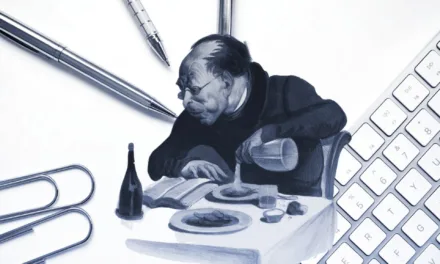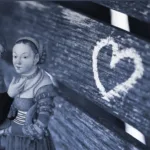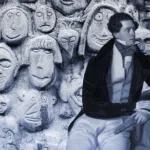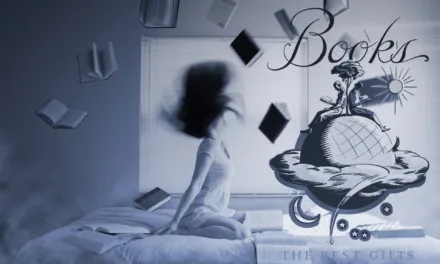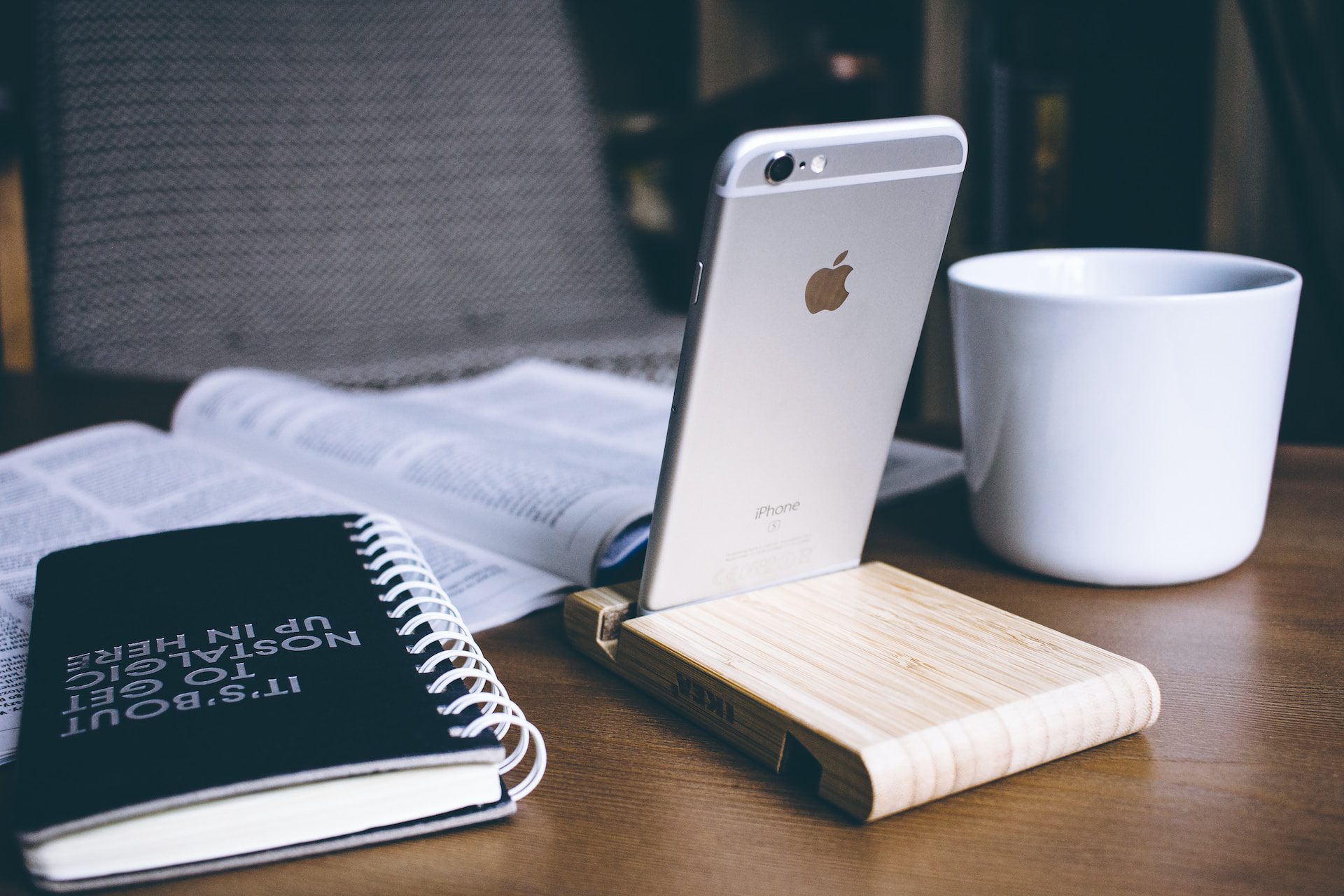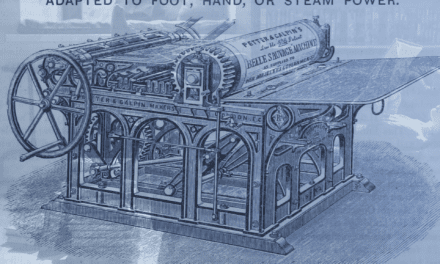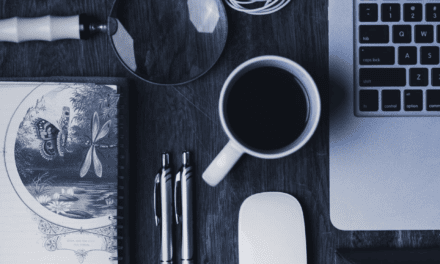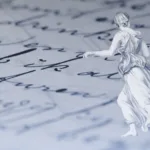
5 Tips For Writing a Book Blurb That Will Hook Potential Readers
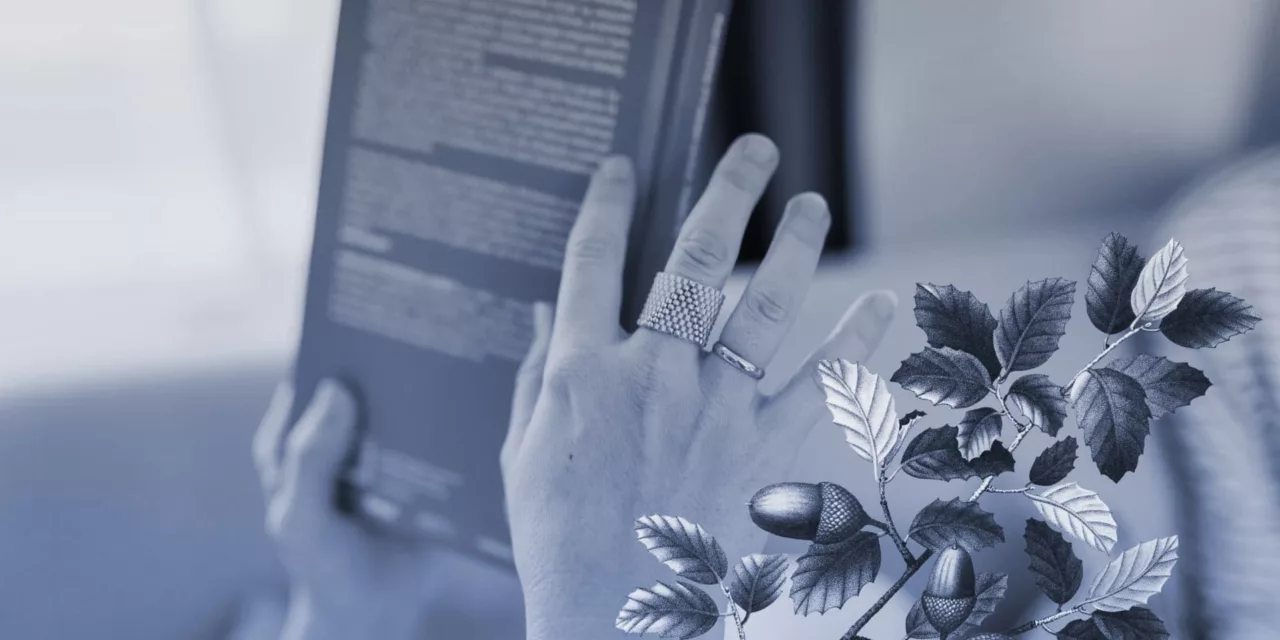
This post was originally written for the Cover Kitchen blog and can be read in its original form here.
Writing a good book blurb is one of the hardest things about the publishing process. How do you convey the essence of your story in just 200 words in a way that’s interesting for readers? What can you tell them that will make them choose your book above any others on the shelf?
Combined with a well-designed book cover, a compelling book blurb is one of the strongest tools in your book marketing arsenal. So let’s dive deep and discover just what you need to do to write a book blurb that sells!
Why are book blurbs important?
Your book’s cover art and design are what draw potential readers to your book visually. But your blurb is what draws them to your writing.
Just like films use trailers to show movie-goers what they can expect, a great blurb, combined with the visual impact of your cover art, gives your readers a sneak peek at what lies between the covers. It’s the only opportunity you’ll have to hook them, so it needs to make a splash.
Your blurb needs to do more than just tell someone what your book is about. You need it to make readers curious, invoke a sense of excitement, or hint at things that they will gain. It’s about distilling your book to its essence, giving readers a taste of what’s to come, and ensuring they come back for more.
Know your genre
The first step to writing a great book blurb is the simplest. Know your genre.
Book genres come with certain reader expectations, so you must tailor your blurb to the audience you’re writing for. Selling to the wrong audience is a straight line to bad reviews, which can affect future sales.
Thrillers and crime novels often start with an action hook, whereas romance novels usually start with character-driven ones. Literary fiction tends to be slower paced, whereas short story or poetry collections are theme, rather than narrative driven. Non-fiction blurbs, on the other hand, will focus on content and what readers can gain from the book, enticing them in with the carrot of knowledge.
A good blurb doesn’t stray too far from the book’s overall tone, so knowing your genre and speaking to your audience helps you set that tone, not only for your blurb but for your book’s back cover design as a whole.

Start with a bang
Your book blurb should always open with a hook. A dull first sentence will make a poor first impression—and first impressions are everything when it comes to engaging new readers.
An opening hook can take many forms. Depending on your genre, it could be a point of action, a dramatic moment, a character snapshot, or something to establish your expertise.
If you’re not sure where to start, I can’t emphasise the importance of research enough. Look at other books in your chosen genre and take some time to see what each of their blurbs has in common. Do they have similar hooks? Do they follow certain conventions?
Really familiarise yourself with the titles you’d expect to see on bookshelves next to yours. Not only will it help guide you on the type of book blurb you should be writing by giving readers what they want, but it will also give you a good grasp of what areas you can improve on and what sells.
Give your blurb an arc
Your book blurb isn’t just a summary of the content. It should be a self-contained narrative all of its own, enticing readers with what it contains. Give it a beginning, a middle, and an end, the same way you would if you were doing any other kind of writing, but without giving too much away (you still want to give people a reason to read).
If you’re writing a fiction blurb, you can use something like the ABDCE (Action, Background, Development, Climax, Ending) structure as a framework.
The Action is your hook; the Background sets the tone and introduces your characters and setting; the Development gives an overview of the story; the Climax lays out the story’s central conflict to get readers emotionally invested; the Ending leaves them curious enough to read more, with the promise of a resolution to what you’ve hinted at in the climax.
Non-fiction blurbs are a little simpler, and you can afford to be more succinct. It’s also the only type of book with genres where you can use bullet points for your blurb copy (examples might be business books, self-help, or how-to guides).
My formula for non-fiction is Question, Background, Problem, Promise. Opening with a Question highlights the problem your readers would like to solve in their lives, the Background establishes your expertise, the Problem outlines the nature of the problem your book is seeking to solve, and the Promise ends as expected, with a promise that if they read further, they will find out how to overcome their problem.
Certain non-fiction genres like narrative non-fiction, memoirs, or travel writing will be better suited to fiction-style narrative blurbs, but if you do your research and understand your genre, you’ll know which style will appeal most to your audience.

Stick to the standards
While I’m usually a big fan of experimentation in writing, your book blurb is a notable exception to that rule. It’s the one time when it’s best to stick firmly to conventions.
Blurbs should always be written in the third person. It’s the industry standard and something that readers expect, even if subconsciously. Even if it’s a memoir or a how-to book in which you’re the expert, a blurb should still be in the third person.
Your book blurb should also never exceed 300 words, with 100-250 words being the best range. The limit helps reduce the desire to over-explain. It’s a trap that many writers fall into, trying to cram too much information into their blurbs. But a smaller word count lets you say only what is necessary and keeps readers engaged just long enough to hook them without losing interest.
Unless it’s an essential element or theme of your book, avoid clichés, industry jargon, or localised expressions. Clichés are overused, so don’t pack the punch you might expect them to, and industry jargon and localised language limit your potential audience. You want your blurb to be both enticing and accessible.
Give readers what they want
When browsing bookshelves, both in physical stores or in digital storefronts, readers are looking for something. Browsing is intentional—they’re actively searching for something to read.
You want that something to be your book.
Once again, research plays an important role here. You need to know your ideal readers and the person you want your book to appeal to. You also need to know what interests them and what will entice them to choose your book above any other.
Think about what sets your book apart and what kind of readers will be looking for that one thing that makes your book unique. Then, you want to talk directly to them. Appeal to their emotions, establish your credibility as an author, and convince them that yours is the work they should emotionally invest in.
Appealing to readers’ emotional needs is a great way to get them hooked. With non-fiction, you do that by solving a problem. In fiction, you do that by promising immersion in your story world. If your readers love thrillers, give them intrigue and action. If they’re romance readers, give them passion and intimacy.
The art of writing a book blurb is a delicate dance between giving away enough of to intrigue a reader and keeping enough back to leave them wanting more. If you hook your reader, tell them a story, know your potential readers, and work within the limitations of reader and industry expectations, you’ll give your book the best chance at success. Remember, the blurb is the first impression readers will get of your work, so you want it to stand out. Combine a killer book blurb with great cover design, and you’re on to a winning formula.

